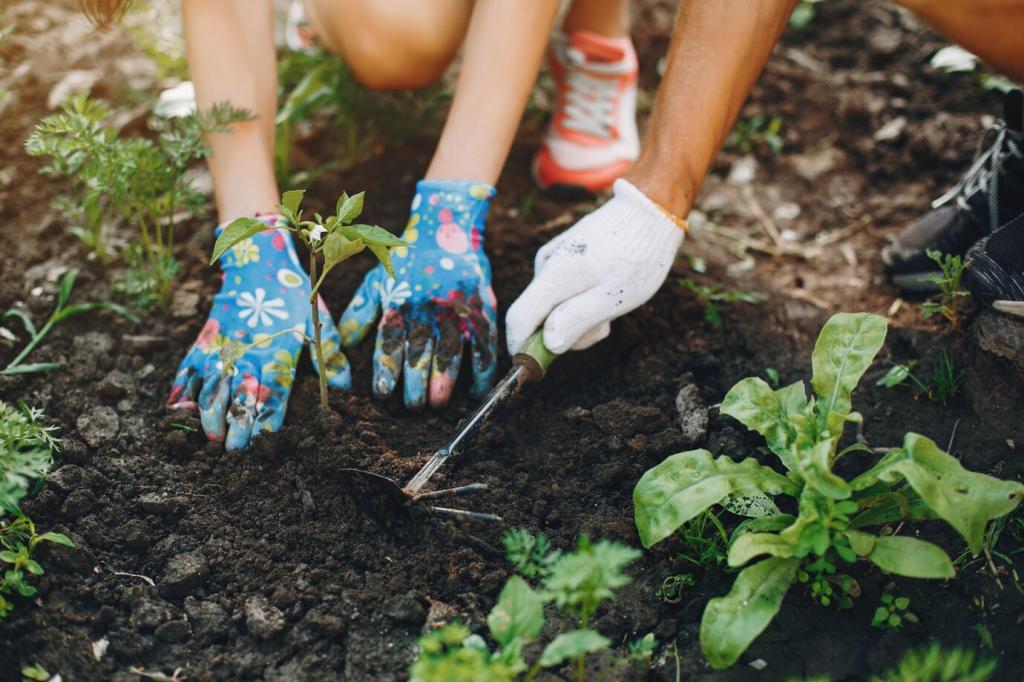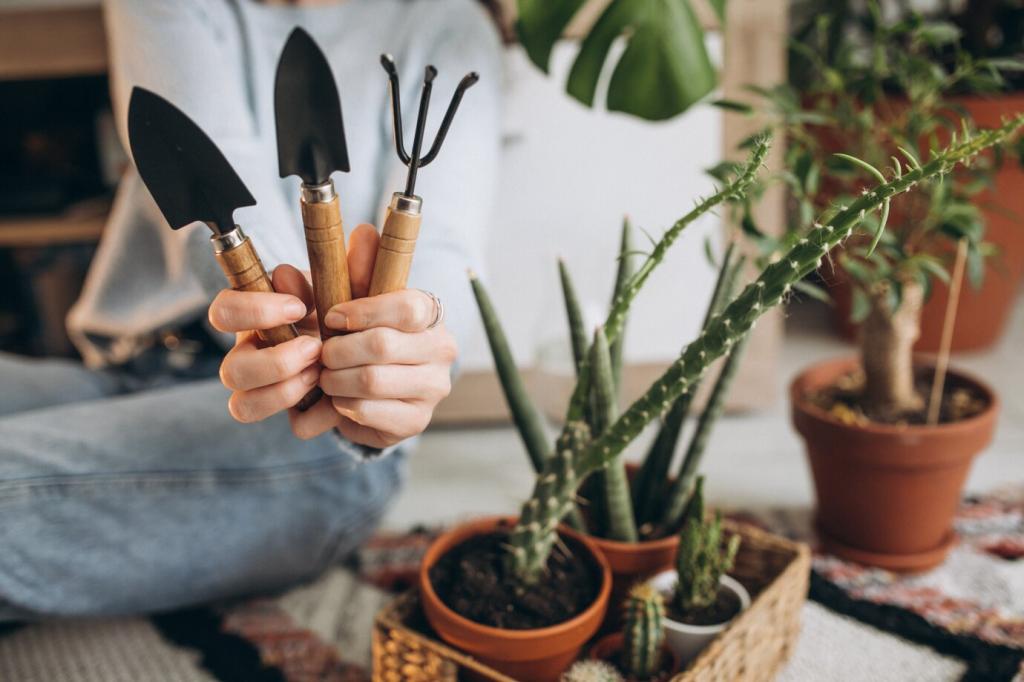This website uses cookies so that we can provide you with the best user experience possible. Cookie information is stored in your browser and performs functions such as recognising you when you return to our website and helping our team to understand which sections of the website you find most interesting and useful.
Native Plant Selection for Urban Landscapes
Selecting native plants for urban landscapes has gained popularity among gardeners, city planners, and homeowners seeking to create sustainable, beautiful, and resilient green spaces. Native plants are species that occur naturally in a particular region or ecosystem, having adapted over thousands of years to the local conditions of climate, soils, and wildlife. Integrating these plants into urban environments not only enhances the aesthetic appeal of streetscapes, parks, and gardens, but also provides a host of ecological benefits, including supporting pollinators, conserving water, and reducing maintenance needs. Understanding how to choose and incorporate native plants thoughtfully is essential for creating urban landscapes that thrive and contribute positively to the environment.

The Benefits of Native Plants in Urban Settings
Assessing Site Conditions for Optimal Plant Choice

Soil Characteristics and Preparation

Sunlight and Microclimate Variations


